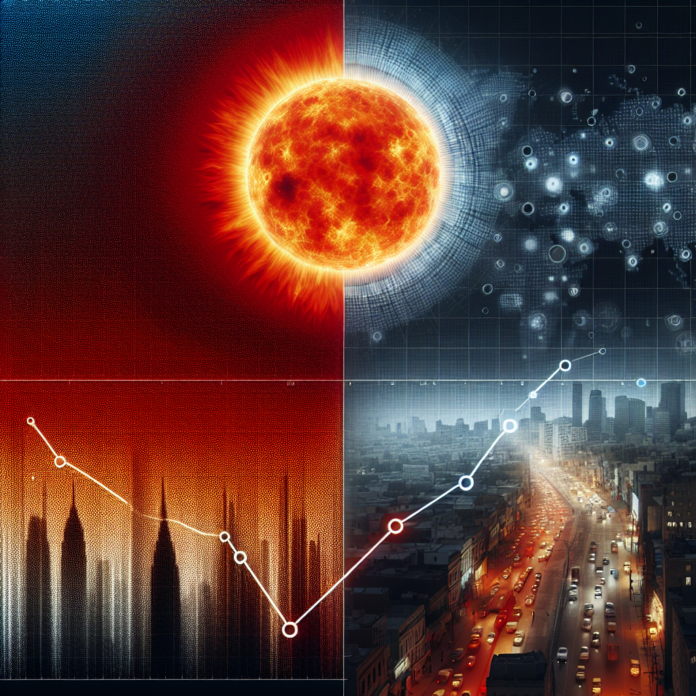Examining the Link Between Hot Weather and Rising Crime Rates
The Correlation Between Hot Weather and Increased Crime: A Concerning Trend
As temperatures soar, there is a growing body of evidence suggesting a troubling link between hot weather and a rise in criminal activity. This phenomenon has been observed in various parts of the world, sparking concerns among law enforcement agencies, policymakers, and communities alike. The relationship between climate and crime is complex, but understanding it is crucial for developing effective strategies to mitigate the impact of extreme weather on public safety.
The Science Behind the Trend
Research indicates that higher temperatures can lead to increased aggression and irritability among individuals, which may, in turn, contribute to a rise in violent crimes. The heat can exacerbate stress levels, reduce patience, and lead to impulsive behavior, all of which are factors that can influence criminal activity. Additionally, hot weather often leads to more people spending time outdoors, increasing the likelihood of interactions that could escalate into conflicts.
Statistical Evidence
Numerous studies have supported the link between heat and crime. For instance, a study conducted in the United States found that crime rates tend to spike during heatwaves, particularly in urban areas. Similarly, research in Australia has shown a correlation between high temperatures and an increase in assaults and domestic violence incidents. These findings emphasize the need for targeted interventions during periods of extreme heat.
Impact on Different Types of Crime
The effect of hot weather on crime is not uniform across all types of criminal behavior. Violent crimes, such as assault and homicide, are more likely to increase with rising temperatures. Property crimes, like burglary and theft, may also see a slight uptick, although the correlation is generally weaker. This discrepancy suggests that the psychological and social factors triggered by heat have a more pronounced impact on crimes involving direct personal confrontation.
Potential Solutions and Mitigation Strategies
To address the rise in crime associated with hot weather, law enforcement agencies and community organizations must collaborate on proactive measures. Increasing police patrols in high-risk areas during heatwaves, implementing community outreach programs, and providing resources for conflict resolution can help manage tensions. Additionally, urban planning initiatives that offer shaded public spaces and cooling centers can provide relief to residents and reduce the likelihood of heat-induced aggression.
Future Implications
With climate change leading to more frequent and intense heatwaves, understanding the connection between hot weather and crime is more important than ever. As global temperatures continue to rise, the potential for climate-induced social unrest could pose significant challenges for communities worldwide. Policymakers must consider the broader implications of this trend and integrate climate resilience into crime prevention strategies.
In conclusion, the correlation between hot weather and increased crime is a concerning trend that warrants attention from all sectors of society. By acknowledging the impact of climate on human behavior and taking proactive steps to address it, communities can work towards a safer future, even in the face of rising temperatures.


